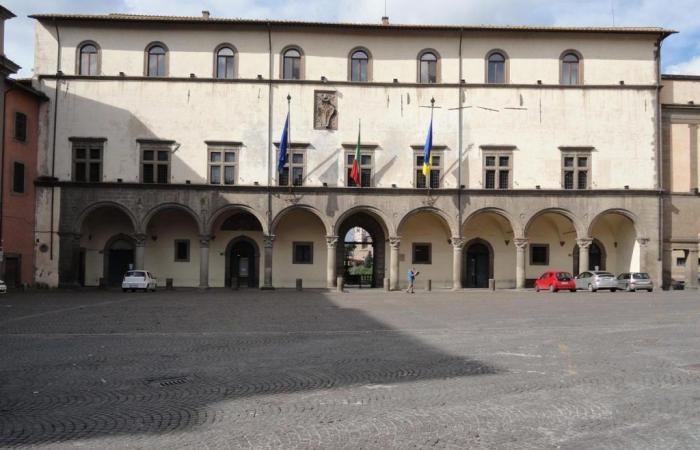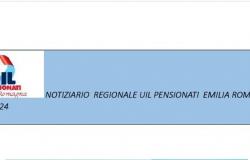In 2023, Viterbo was the worst capital city in Lazio and the 19th worst in Italy for the indicator of timeliness of public administration payments, with 19 days late compared to the times contractually agreed with small and medium-sized enterprises and private individuals.
It is the research office of Cgia di Mestre that made this known. In the first quarter of 2024, however, the data are not even available.
In Lazio, in 2023, the best provincial capital for payment times from the public administration to local businesses was Frosinone with an advance payment of 13.02 days on contractual provisions between the public administration and SMEs, making it the 30th best in Italy (data is not available in the first quarter of 2024). Latina follows with 11.27 days in advance with respect to contractual agreements (and 10.74 days in advance in the first quarter of 2024) with data referring only to the 4th quarter of the year; then Rome with an average delay of 7.34 days on PA-SME contracts (and 3.14 days in delay in the first quarter of 2024) making it 89th in Italy. The worst Italian municipality in 2023 and the first quarter of 2024 was Naples with 143.06 days of delay in payments and 82.29 in the first period of 2024. Followed by Andria (89.49 days of delay); Chieti (61.85); Raggio Calabria (54.80); Agrigento (53,499; Isernia (53); Vibo Valentia (41); Catania (36.77); Caserta (33.41) and Foggia (27.80). If, overall, the South of Italy is entirely the worst area of the country for delays in payments by the public administration, the best municipality in Italy and the only exception is Palermo, which is clearly the first capital city and Italian metropolitan area, in terms of payment times, with 65.48 days in advance of the contractual deadlines between PA and SMEs. Pordenone and Grosseto follow with 21.84 days in advance); Padua (-21.47); Forlì (-20.68); Trento (-20.16); Verona (-20); Savona (-19); Novara (-18.88) and Modena (-18.79). The only other municipalities in the South that, together with Palermo, have found the payment timeliness index lower than the contractual agreements between public administrations and small and medium-sized enterprises are Bari and Cagliari. Despite the improvements, as noted by the Cgia of Mestre, in 2023 the commercial debts of the Italian Public Administration still amount to 50 billion euros, a level that has been identical for the last 5 years. The Cgia also notes the practice defined as “diabolical” by the Public Administration of circumventing the worsening of the payment timeliness index by paying off, in a shorter time, the larger debts (therefore issued by the largest and economically strongest companies), while the smaller debts (therefore of SMEs) are paid late, often deliberately. The Court of Auditors has also criticized these payment methods. These are practices that have been sanctioned by the European Union respectively with the ruling of 28 January 2020 of the European Court of Justice which affirmed the violation, by Italy, of Article 4 of EU Directive 2011/7 on payment terms in commercial transactions between Public Administrations and private companies. Therefore, it is worth mentioning the infringement procedure of 9 June 2021 of the EU against Italy, referring to the same directive, concerning the rental of equipment for telephone and environmental interceptions in the context of criminal investigations. This was followed by the aggravation of the infringement procedure of 29 September 2022 and, in April 2023, the formal notice for the alleged violation, by the Calabria region, of the directive on payments charged to the health system.






